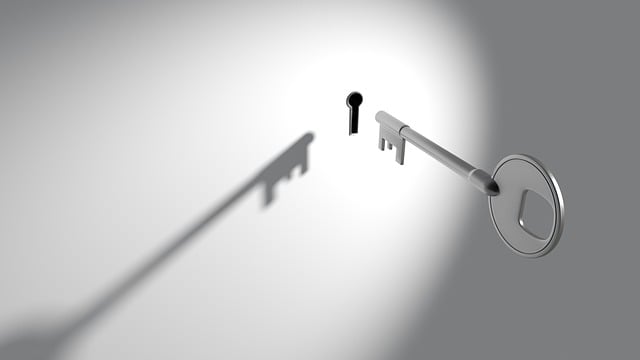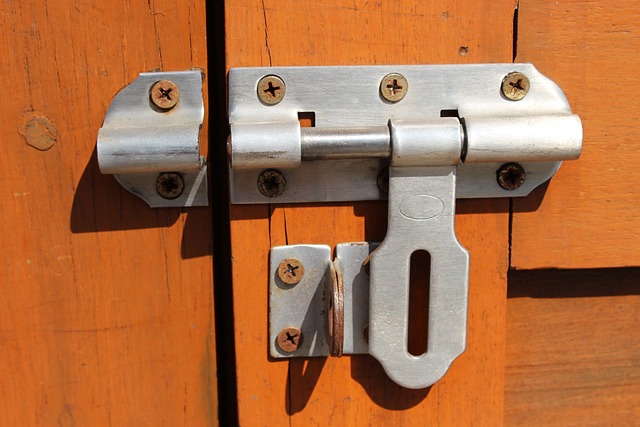Evaluating your home's vulnerability is crucial for implementing effective security strategies. This involves checking perimeters, trimming vegetation, identifying blind spots, and enhancing locks and security systems. Install outdoor surveillance cameras, conduct a security audit to address weak spots, and keep doors locked during absences. Identify entry points like unlocked windows or weak doors through property surveys, and prioritize securing high-value items with robust locks, cameras, and motion sensors. Employing these home protection measures prevents break-ins by implementing strategic secure home tactics.
Securing your home from intruders is paramount for peace of mind. This comprehensive guide offers effective security strategies to transform your residence into an impenetrable fortress. From evaluating vulnerability through a thorough audit to implementing robust physical measures like high-quality locks and motion-activated lighting, every step ensures maximum protection.
Leverage smart home technologies for advanced surveillance and automated routines, and develop a foolproof safety plan complete with emergency contacts, protocols, and drills. Discover how these essential tactics prevent break-ins and safeguard your loved ones, ultimately providing you with the security you deserve.
- Evaluating Your Home's Vulnerability
- – Conduct a thorough security audit of your home
- – Identify potential entry points and weak spots
- – Assess risk levels and prioritize areas needing attention
Evaluating Your Home's Vulnerability

Evaluating your home’s vulnerability is a crucial step in implementing effective security strategies. Start by assessing the perimeter—are there adequate fences or barriers? Check for any visible points of entry, such as broken windows or easily accessible doors. Consider the landscaping; dense vegetation can provide cover for intruders, so trim trees and shrubs away from windows and entrances. Look for potential blind spots where security cameras might not capture clear footage.
Next, examine your home’s locks and security systems. Ensure all doors and windows have robust locking mechanisms. Invest in high-quality security devices like motion sensors, alarms, and smart door locks. Regularly test these systems to ensure they function optimally. Additionally, consider installing a surveillance system with outdoor cameras to monitor activities around your property, acting as a powerful deterrent against potential break-ins.
– Conduct a thorough security audit of your home

Conducting a thorough security audit is the first step in transforming your home into an impenetrable fortress against potential intruders. This involves meticulously examining every entry point, from doors and windows to less obvious vulnerabilities like vents and pet doors. By identifying weak spots, you can implement targeted improvements, such as installing high-security locks, reinforced door frames, and energy-efficient, yet robust window panels. Additionally, consider the placement of outdoor lighting—well-lit areas act as powerful deterrents for would-be burglars.
Beyond physical enhancements, integrating smart home security systems offers a significant edge in break-in prevention. Motion sensors, alarm systems linked to a monitoring service, and camera surveillance provide layers of protection. These technologies not only alert you to potential threats but also serve as powerful deterrents, making your home an unappealing target for criminals. Employing effective security strategies, like keeping doors locked at all times and windows secured even during brief absences, reinforces your home’s protection measures.
– Identify potential entry points and weak spots

Identifying potential entry points and weak spots is a crucial step in preventing break-ins and enhancing your home security tips. Start by conducting a thorough survey of your property, looking for areas that might be easily accessible to intruders. Common points include windows (especially those left unlocked or with weak locks), doors (including garage doors), and any openings around pipes or wires leading into your home. Even small gaps can provide an opportunity for break-in prevention, so ensure all entry points are secure.
Consider the effectiveness of your current security strategies. Do you have working alarms? Are there adequate lighting systems in place? Effective security measures go beyond just locks; they involve creating a layered defense that makes it difficult for potential intruders to gain access. By integrating multiple layers of protection, such as robust locks, motion sensors, and exterior lighting, you can significantly deter criminals and provide peace of mind knowing your home is well-protected against break-in attempts.
– Assess risk levels and prioritize areas needing attention

Assessing your home’s risk level is a crucial step in implementing effective security strategies. Identify potential weak points and prioritize areas most vulnerable to break-ins. Consider factors like exterior access points, such as windows and doors, especially those easily accessible from the ground or with inadequate locks. Observe your neighborhood for any recurring patterns or known hotspots for criminal activity; this can give you insights into areas that require enhanced protection.
Focus on securing high-value items and valuable assets within your home. High-risk areas might include rooms with safes, jewelry, or important documents. Install robust locks, security cameras, and motion sensors in these zones to deter potential intruders. By prioritizing based on risk assessment, you can allocate resources efficiently, ensuring that the most critical areas of your home receive adequate protection against break-in prevention tactics.
